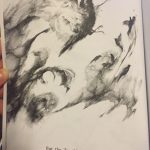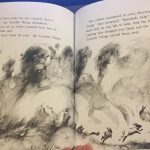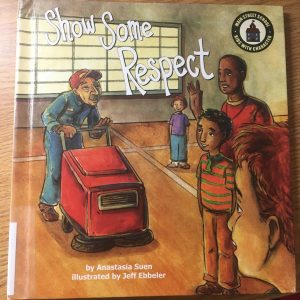 Title: Show Some Respect
Title: Show Some Respect
Author: Anastasia Suen
Illustrator: Jeff Ebbeler
Publisher: Red Wagon, 2008
Number of Pages: 32 pages
Tags: Diversity, Fiction, Picture Book, K-5, Stephanie Prentice
Genre: Realistic Fiction
Analysis: Students from Main Street School are coming back from an assembly and need to clean up their room. Jack does not understand why he has to clean the room, thinking it is the janitor’s job. His classmates teach him the importance of respect.
This text functions as a mirror because it allows students to reflect on the respect they show for their classroom and their janitor. Also, this book functions as a window because it allows students to see the expectations of taking care of their classroom as well as the true responsibilities of a janitor. Serving as a door, this book teaches students to take initiative and take care of their classroom on their own.
This book’s illustrations are very realistic. The moods and body language portrayed in the images allow the reader to truly understand how the characters are feeling, especially Jack. The images are mostly confined to one page with the text on the opposite side. The images mirror the text. There is a portrayal of diversity within the classroom. Structurally, this book has more text on the pages than other picture books. In addition, the discussion questions at the end of the book can lead to important conversations between students. The “Words to Know” section offers the readers definitions to words they might not understand or gives the definition as it was used in the text. The title speaks very clearly to the lessons learned in the book. This book teaches students the importance of respect for their own classroom as well as the janitor. It teaches children that janitors play an important role in schools, but are not responsible for people’s personal messes. The interactions between Jack and Isiah display very realistic conversations that may take place in a classroom regarding this topic. This can be very important for elementary students who sometimes do not understand the responsibility of a janitor. The idea of respect can translate into many other areas of life as well.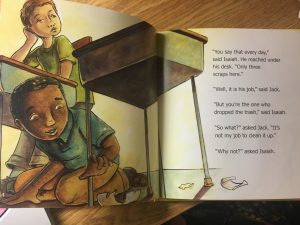

![2016-05-27_11.37.41[1]](https://blogs.iwu.edu/lrbmt2016/files/2016/05/2016-05-27_11.37.411-234x300.jpg)
![2016-05-27_11.38.16[1]](https://blogs.iwu.edu/lrbmt2016/files/2016/05/2016-05-27_11.38.161-212x300.jpg)
![2016-05-16_16.18.00[1]](https://blogs.iwu.edu/lrbmt2016/files/2016/05/2016-05-16_16.18.001-298x300.jpg)
![2016-05-16_16.16.43[1]](https://blogs.iwu.edu/lrbmt2016/files/2016/05/2016-05-16_16.16.431-300x168.jpg)
![2016-05-16_16.19.14[1]](https://blogs.iwu.edu/lrbmt2016/files/2016/05/2016-05-16_16.19.141-300x233.jpg)
![2016-05-16_16.32.01[1]](https://blogs.iwu.edu/lrbmt2016/files/2016/05/2016-05-16_16.32.011-300x116.jpg)
![2016-05-16_16.21.03[1]](https://blogs.iwu.edu/lrbmt2016/files/2016/05/2016-05-16_16.21.031-286x300.jpg)
![2016-05-16_16.20.22[1]](https://blogs.iwu.edu/lrbmt2016/files/2016/05/2016-05-16_16.20.221-300x159.jpg)
![2016-05-16_16.24.01[1]](https://blogs.iwu.edu/lrbmt2016/files/2016/05/2016-05-16_16.24.011-300x300.jpg)
![2016-05-16_16.24.51[1]](https://blogs.iwu.edu/lrbmt2016/files/2016/05/2016-05-16_16.24.511-300x152.jpg)
![2016-05-16_16.28.25[1]](https://blogs.iwu.edu/lrbmt2016/files/2016/05/2016-05-16_16.28.251-300x298.jpg)
![2016-05-16_16.29.33[1]](https://blogs.iwu.edu/lrbmt2016/files/2016/05/2016-05-16_16.29.331-300x160.jpg)
![2016-05-16_16.27.04[1]](https://blogs.iwu.edu/lrbmt2016/files/2016/05/2016-05-16_16.27.041-241x300.jpg)
![2016-05-27_11.03.56[1]](https://blogs.iwu.edu/lrbmt2016/files/2016/05/2016-05-27_11.03.561-300x198.jpg)
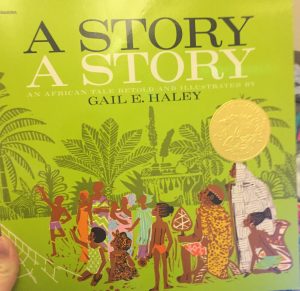 Author(s): Gail E. Haley
Author(s): Gail E. Haley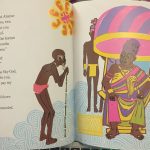
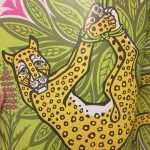
 Author(s): Eve Bunting
Author(s): Eve Bunting